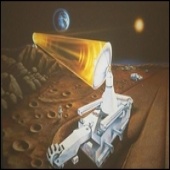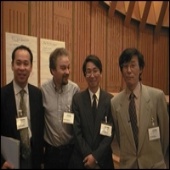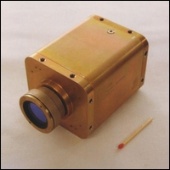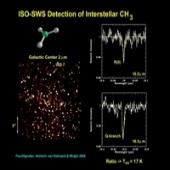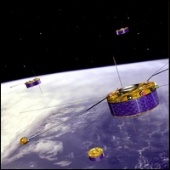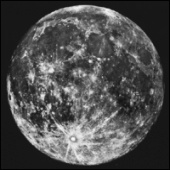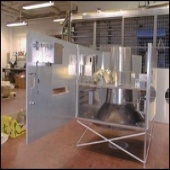ESA Science & Technology - News Archive
News archive
News archive
Published: 17 July 2000
Published: 16 July 2000
Published: 16 July 2000
Published: 16 July 2000
Published: 15 July 2000
Published: 15 July 2000
Published: 14 July 2000
Published: 14 July 2000
Published: 13 July 2000
Published: 13 July 2000
Published: 12 July 2000
Published: 12 July 2000
Published: 11 July 2000
Published: 10 July 2000
Published: 3 July 2000
Published: 3 July 2000
Published: 30 June 2000
Published: 29 June 2000
Published: 29 June 2000
Published: 29 June 2000
—
20 Items per Page







